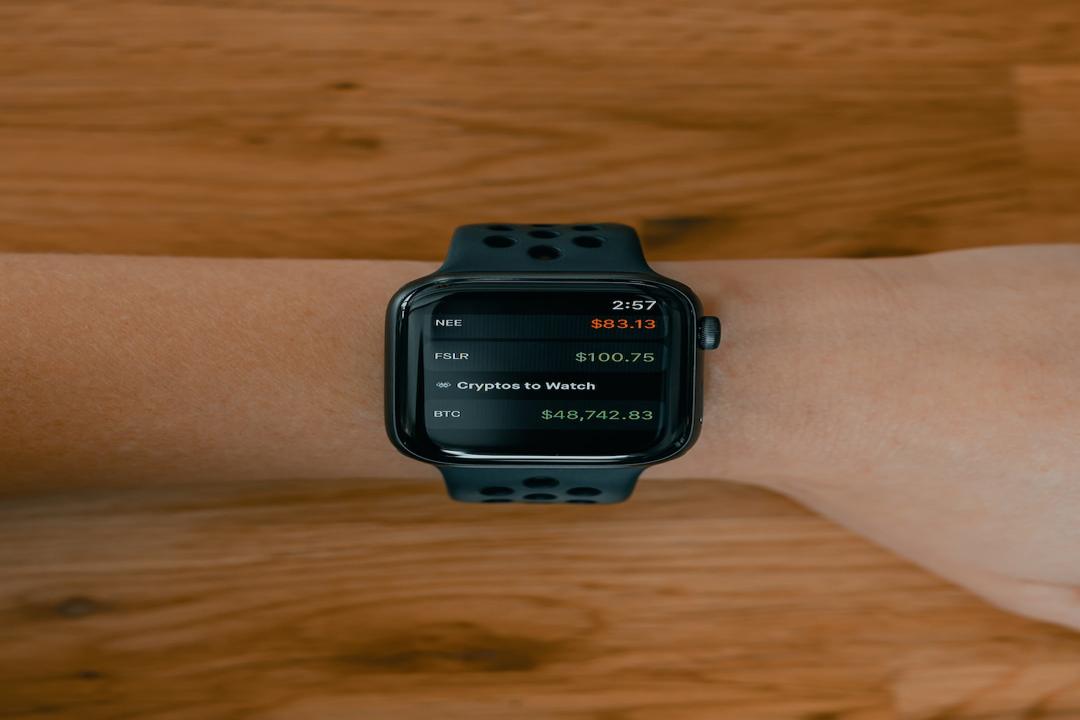In the field of Bitcoin, a new focus of debate has emerged: how to reconcile idealism with the challenges of the real world? Casey Rodarmor, the creator of Ordinals, addresses this issue in his blog post titled “Inscriptions: A Guide for the Ideological Maxi” and provides profound insights.
“First and foremost, I want to clarify that this article is not written to defend Ordinals and inscriptions. They do not need defending. The ship has sailed,” Rodarmor states.
Contents:
Toggle
The Dilemma of Bitcoin Maximalists: Disconnected from Reality
Suggested Approach to Confronting Reality: Embrace It, Bitcoin Will Always Have High Fees
Constructive Criticism
Consequences of Resisting On-Chain Images
Casey Rodarmor identifies himself as an ideological Bitcoin maximalist but also acknowledges that ideals often struggle to survive when confronted with reality. Currently, Bitcoin maximalists are facing the challenge of an incongruity between the culture they advocate and the real world.




The article emphasizes that Bitcoin maximalists should cease expressing dissatisfaction with on-chain JPEG images (NFTs) as such complaints make Bitcoin appear fragile. Rodarmor believes that Bitcoin is an unstoppable digital currency and that these JPEG images are not the real issue. He suggests that the Bitcoin community should accept the existence of NFTs and focus on more important matters, such as promoting the use of Bitcoin.
“Ignore them (NFTs). Most inscriptions will be priced based on more valuable use cases. There will always be some high-value inscriptions, but they won’t seriously compete with currency and uncensored transactions. Bitcoin’s destiny is high fees. Embrace it.”
For those who persist in criticizing on-chain images, Casey Rodarmor offers constructive criticism. He points out that anyone purchasing these images is aware that they can be saved with a right-click and emphasizes that all significant things are merely social agreements. Furthermore, he mentions the value of on-chain data surpassing off-chain data, which is lacking in most NFT ecosystems.
The article concludes by stating that attempting to censor on-chain images is no different from censoring other types of transactions. Casey Rodarmor warns that any attempt to support transaction censorship in Bitcoin will fail because Bitcoin’s core is processing transactions that some consider illegal. He urges the Bitcoin community to ignore these images and focus on more important goals.
He states, “Some view inscriptions as a state attack on Bitcoin. Yet, for some reason, when you see NFTs and junk coins on other chains, you understand their existence is fueled by passion, demand, anger, and decadence. You don’t consider these things as state attacks on Ethereum. So why do you turn around and think they are state attacks on Bitcoin?”
(Bitcoin developers claim inscriptions are a technical vulnerability? Jason Fang refutes: Inscriptions are unstoppable, driving Bitcoin’s future.)
(Sora Summit | Gathering of Bitcoin OGs! Discussing L2 Development and Predicting a $4 Trillion Bitcoin Market Cap?)
bitcoin
Casey Rodarmor
Ordinals


Related Reading:
OKX Web3 Wallet Experiences Fake Asset Listing, OKX: Ordinals Market Will Restart After Fix
Phantom Wallet Now Supports Bitcoin Network, Users Can Purchase BRC-20, Ordinals.

